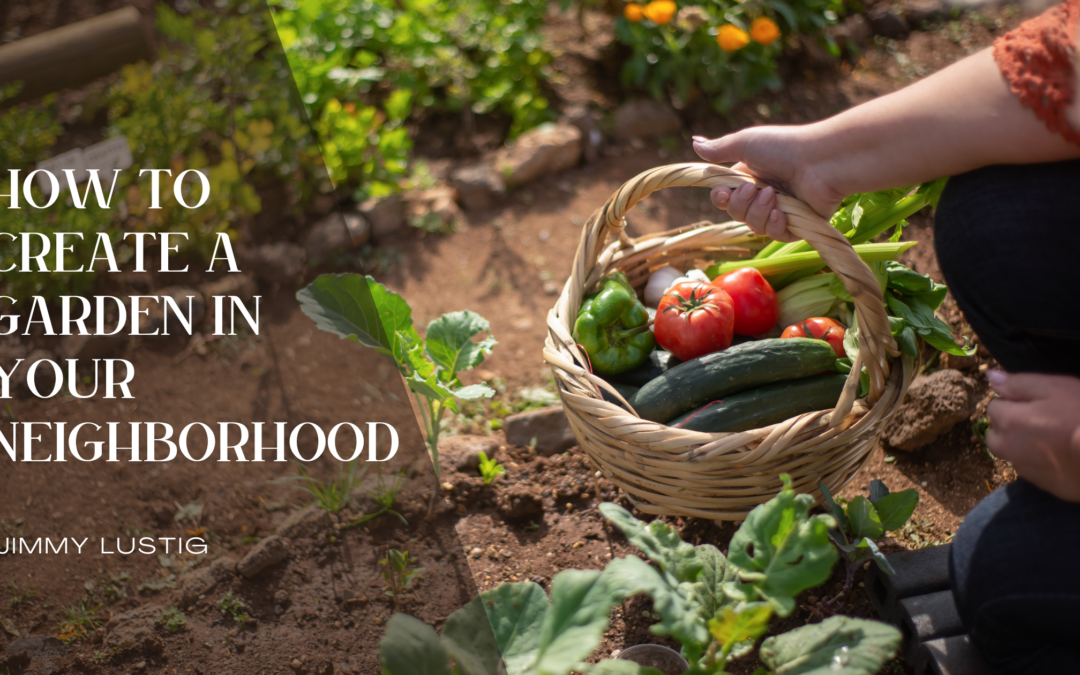Creating a community garden in your neighborhood is a rewarding way to enhance green spaces, foster social connections, and promote sustainability. Here’s a step-by-step guide to help you get started.
Gather Interest and Form a Group
Begin by gauging interest among your neighbors. Host a meeting to discuss the idea and form a group of enthusiastic individuals willing to commit time and effort. A diverse team can bring various skills and perspectives to the project, making it more successful.
Find a Suitable Location
Identify potential locations for the garden. Look for unused plots of land, vacant lots, or spaces within local parks. Ensure the site gets adequate sunlight, has access to water, and is safe for community use. Check with local authorities or property owners for permission to use the land.
Plan and Design the Garden
Work with your group to design the garden layout. Decide on the type of garden you want—vegetable, flower, herb, or a mix. Consider accessibility features, such as raised beds for elderly or disabled gardeners. Plan for paths, compost areas, tool storage, and seating. Sketch out the design and create a list of needed materials.
Secure Funding and Resources
Community gardens often require financial support for initial setup and ongoing maintenance. Seek funding through grants, donations, or local government programs. Organize fundraising events and seek in-kind donations of tools, seeds, and materials from local businesses.
Prepare the Site
Once funding and resources are secured, organize a community workday to prepare the site. Clear debris, till the soil, and add compost or other soil amendments. Install any necessary infrastructure, such as fencing, raised beds, or irrigation systems.
Planting and Maintenance
Plan a planting day to kick off the garden. Involve as many community members as possible to plant seeds and seedlings according to the garden design. Establish a maintenance schedule to ensure regular watering, weeding, and pest control. Create a roster of volunteers to share the responsibilities.
Foster Community Engagement
Host regular events and workshops to engage the community, such as gardening classes, harvest festivals, or cooking demonstrations using garden produce. Encourage local schools and organizations to participate, making the garden a focal point for community activities.
Sustain and Grow
Ensure the garden’s sustainability by planning for long-term maintenance and community involvement. Regularly review and adapt your strategies to meet the changing needs of the garden and the community. Consider expanding the garden or adding new features, such as rainwater harvesting systems or pollinator habitats.
Creating a garden in your neighborhood is not just about growing plants; it’s about cultivating community spirit, enhancing local ecology, and fostering a sense of shared purpose. Your community garden can thrive and become a cherished local asset with dedication and cooperation.

